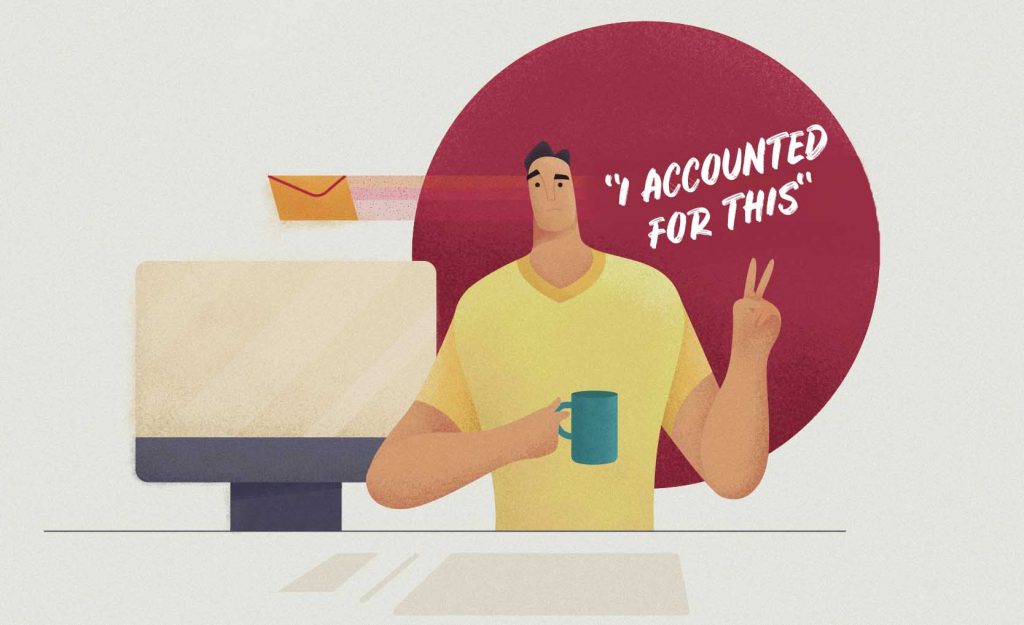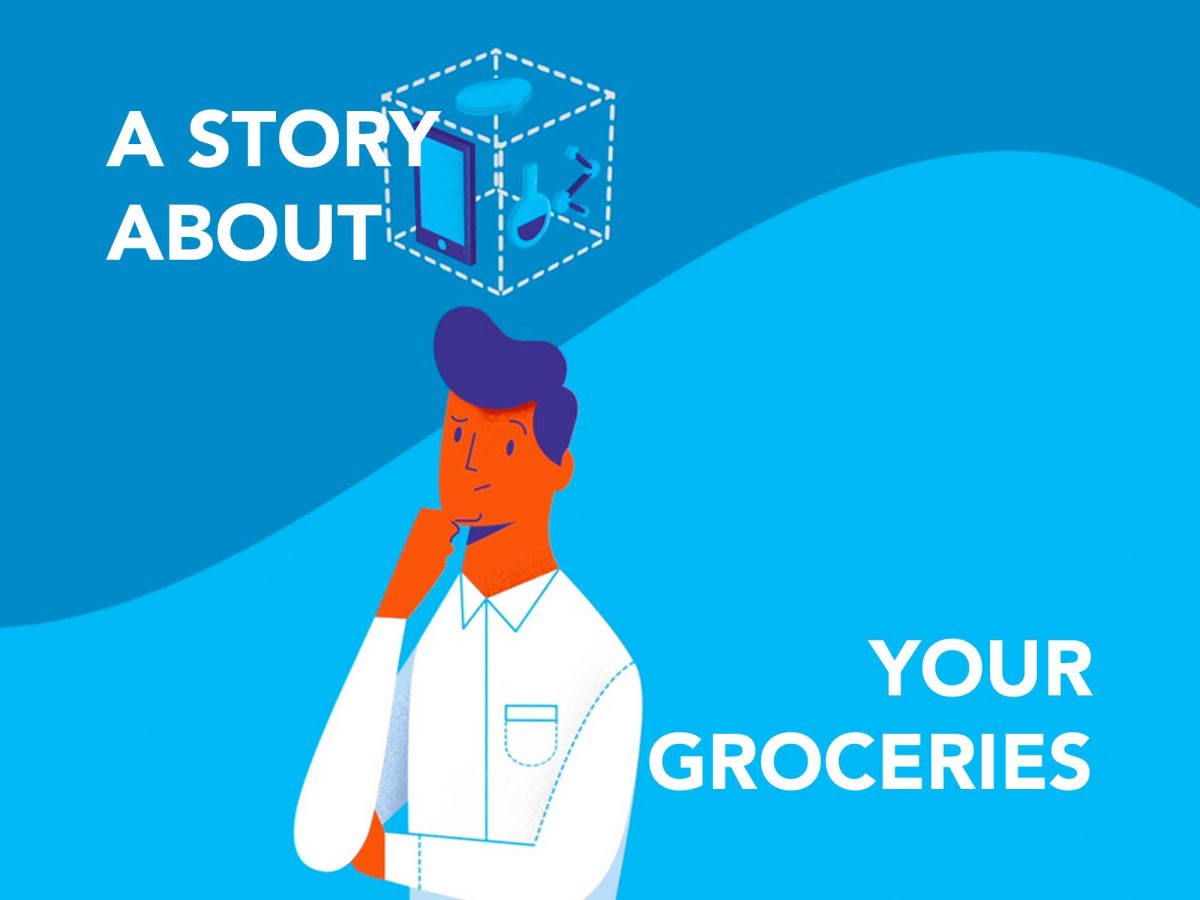Here’s a story about retail and then my translation of this story to SaaS industry.
You’re paying for someone else’s groceries
Tesco, Waitrose, Sainsbury, Walmart or Whole Foods. All retailers have one specific thing in common: they need to account for loss.
If it’s food, it can go bad (spoiled). If the fridges won’t work, the frozen stuff won’t be sellable anymore. Some electronics may come with defects. Or they can be faulty after use. On top of that, sometimes items are stolen. Or there might be something happening with the shipment.
How do you counter that? The solution, it seems, is to add something on top of every price. An extra percentage. With that extra cash, they cover loss/damage/etc.

In other words, for every 10 people that buy the product and everything is fine, something happens: a small percentage of what they paid goes towards the refund for that 11th person who complained. It might be you one day.
In a sense, all the money that you paid and was not used for your sake will be poured back into your pockets when you’re refunded. More or less.
Happens on eBay as well
I’ve noticed this with Chinese sellers on eBay. The government subsidises the shipping fees and therefore you can buy stuff as cheap as $1 and have them shipped for free. You even wonder how is there money to be made when you’ve bought 3 pieces of this item for $0.75 each and shipping was free.
If however there is a problem with the item, more often than not after raising a claim, you get to keep the old faulty one and a second item will be sent.
Why? The hassle to send it back to them would be a pain both for you and for them. You shipping it would most likely be more expensive than the item – that’s one – and two, I assume it’s about their time.
So somehow, part of those $2.25 I paid includes (God only knows how) that percentage that 10 other people and I are pooling together for the 11th.
Naturally I can’t have numbers and I’m saying 1/11 arbitrarily but ideally we’d be able to make the math if we’d have the data.
In practical terms
If I’m too abstract, here it is with numbers. If it made sense for you, skip this part. Say a shop iss selling a pen.
It cost the shop £2 to purchase.
After making the maths and covering rent, utilities etc, roughly £1 from this pen sale is pooled for these expenses.
At the same time, the shop thinks making £1 profit is enough for them.
Do they price it at £4 now? No, they price it at £4.50 — now every 4 people will “reimburse” the 5th. And if they’re not so faulty so as to have 20% of them return? More power to the shop, that means more profits.
The story is not as easy as that in real life because there’s competition, but that’s the point explained simply. Every single company that offered you a refund without making you feel like killing someone does this.

In practical terms for SaaS industry
That client who’s making someone in your company’s life worse than it has to be. Another client that requires 2 hours weekly for 4 weeks until they’ve got it properly set up.
The one who requested a refund out of nowhere and hurts some financial stats. The client who held you on the phone and made you get home way later than you intended to. Even the employee who asked for a raise.
All these don’t hurt as much when you account for stuff like that.
And if none of them happen (or less than you expected) — more power to you and the company. Then we invoke the almighty word that makes the world run: profit
Moreover, it’s the same concept as the one I described in my article called “How to convert a free user to a premium user” — when you account for charging the paid clients enough that they cover for free ones, that’s not hurting the company anymore.
The big problem?
It sounds easy when I put it out like that. If you’re in a competitive place, though, you won’t be able to do it. And for that, my dear reader, I’ll divert you to my other written pieces, which are about the experience.
It’s those other pieces where I give my opinions on what needs to be done in order to provide more value: the experience.
Back to SaaS
Let’s learn this from retail businesses. It’s what makes you not take such a huge loss when there’s downtime — either by your company’s fault or because of a provider. Some clients might request a refund.
Well guess what, you will say “That’s okay. I’ve accounted for it”.

About Ch Daniel
I run Chagency_, an experiences design agency that specialises on helping tech CEOs reduce user churn. We believe experiences are not only the reason why users choose not to leave but also what generates word of mouth. We’re building a credo around this belief.
If I’ve brought you any kind of value, follow me and get in touch here: LinkedIn | Twitter | Email | Quora | YouTube (same content but in video)
I’ve also created an infinitely-valuable app for sneaker/fashion enthusiasts called Legit Check that impacted hundreds of thousands over millions of times – check it out at chdaniel.com/app
Please share this with someone and subscribe to our newsletter!— helps us keep pumping content?
Illustration credits: BluBlu Studios, Isaac Anthony, Amy DeVoogd




